#525 b.c.
Text
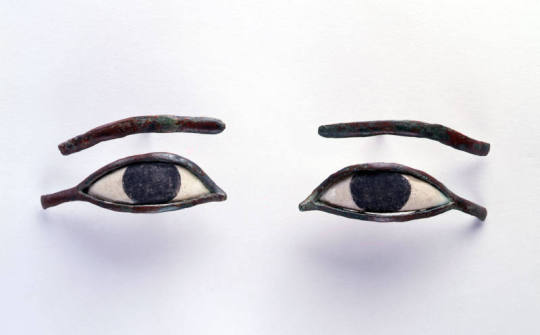
~ Pair of Eye Inlays.
Place of origin: Egypt
Period: Late Period, 25th-26th Dynasty
Date: 722-525 B.C.
Medium: Stone, alabaster, pigment.
#ancient#ancient art#history#museum#archeology#ancient egypt#ancient sculpture#ancient history#archaeology#egyptology#Egyptian#Egypt#pair of eye inlays#late period#25th dynasty#26th Dynasty#722 b.c.#525 b.c.
2K notes
·
View notes
Text
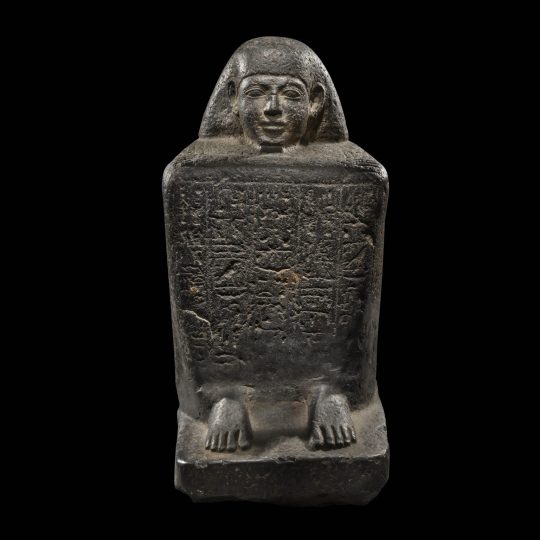

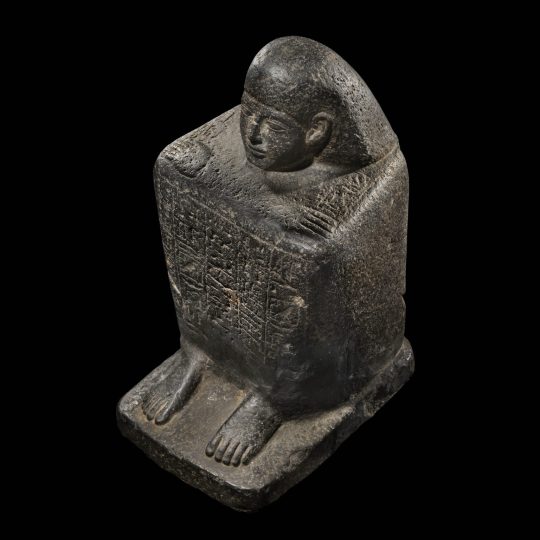
Egyptian Basalt Block Statue
Egyptian · Late Period, Dynasty 26, ca. 664-525 B.C.
#Egyptian Basalt Block Statue#Late Period#Dynasty 26#ca. 664-525 B.C.#statue#ancient artifacts#archeology#archeolgst#history#history news#ancient history#ancient culture#ancient civilizations#ancient egypt#egyptian history#egyptian art
231 notes
·
View notes
Text

Canopic jar with a jackal-headed lid
Late Period, Saite
664–525 B.C.
the met
99 notes
·
View notes
Text

Lapis Lazuli and Gold Horus Falcon.
Egyptian, Late Period, Dynasty 27.
525–404 B.C.
3K notes
·
View notes
Text
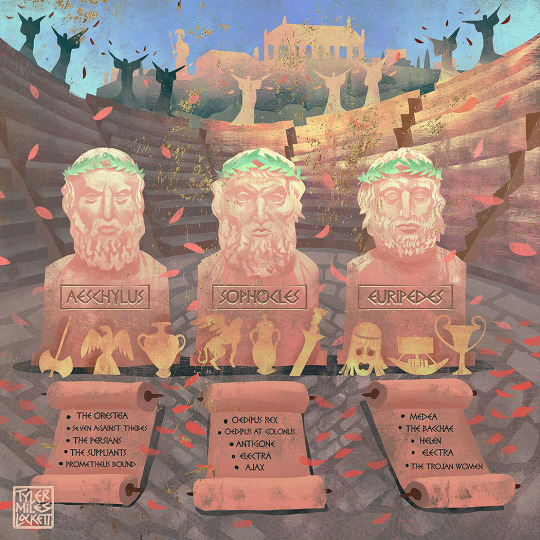
In 5th century Athens, a festival in honor of Dionysus was held called the City Dionysia where competitions in music, dance, poetry, and outdoor theatre performances took place. Here playwrights perfected three types of plays; comedies, tragedies, and satyr plays. A masked actor(s) would communicate with a group known as the Chorus; who summarized plot points and backstory to the audience. These elegant and incredible plays, not only expand our views on mythic characters and tales, but they reveal insight into the ancient cultural beliefs of Athenian Greeks. There were many playwrights, but the three most famous tragedians are as follows…
Aeschylus (525-455 B.C.) (Eh-skuh-lus) known as “the father of tragedy,” descended from a line of Eleusinian priests, and fought as a hoplite soldier against the Persians. Aristotle credits Aeschylus with first creating conflict between two characters in a play (before this the characters would only converse with the chorus members). His Oresteia trilogy, is the only surviving complete trilogy we have. Out of his 80- 90 plays, 7 are extant (surviving).
Sophocles (496 – 406 B.C.) (saa-fuh-kleez) came from a wealthy family, was highly educated, and well known and respected amongst statesmen. He is credited by Aristotle for the innovation of adding a third actor onstage to propel the plot, thereby reducing the importance of the chorus, as well as adding skenographia, or scene paintings. Out of the 30 competitions he entered, he won 24. Sophocles most famous plays are his Theban plays; Oedipus Rex, Oedipus at Colonus, and Antigone. Out of his 120 plays, 7 are extant.
Euripides (480- 406 B.C.) (yer-i-puh-deez) was a pioneer for portraying mythic heroes as more flawed, as well as developing internal character conflict to new heights with female characters like Medea and Hecuba. He commonly used the plot device Deus Ex Machina; where gods arrive to resolve the conflict at the end. It is said Euripedes socialized with Sophist philosophers, and owned a large library. He only won 4 competitions. Out of his 92 plays, 19 are extant.
Thanks for looking! to see more of my mythic art, please click the LINKTREE Link in my bio.
Thank you for retagging my artworks all you lovely tumblr folks! xoxo
#pagan#hellenism#greek mythology#tagamemnon#mythology tag#percyjackson#classicscommunity#dark academia#greek#greekmyths#classical literature#percy jackon and the olympians#pjo#homer#iliad#classics#artmerch#mythologyart#art#artists on tumblr#artists on etsy#odyssey#literature#hesiod#ancientworld#ancienthistory#ancient civilizations#ancientgreece
555 notes
·
View notes
Text
Elaborate underground embalming workshop discovered at Saqqara
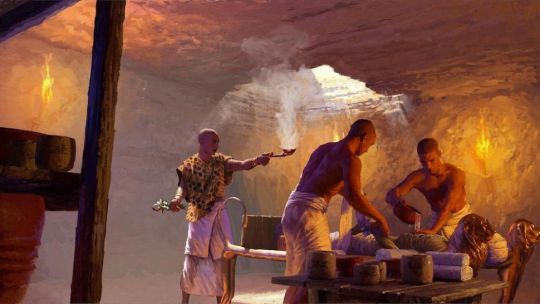
Archaeologists at Saqqara have finally identified the many embalming ingredients used to mummify the dead in ancient Egypt. They also deciphered how those different ingredients — many of which came from distant lands — were used.
In 2016, an international team of archaeologists discovered the underground embalming workshop near the pyramid of Unas, south of Cairo. The complex of rooms held approximately 100 ceramic vessels dating to the 26th dynasty of Egypt (664 to 525 B.C.). While many of the vessels had inscriptions identifying their contents, some of the embalming substances remained a mystery.
Now, in a first-of-its-kind study published Feb. 1 in the journal Nature, researchers have used chemical analysis of the resins coating the vessels to identify the contents. Read more.
522 notes
·
View notes
Text

Figure of a Baboon
Egypt, Late Period 664–525 B.C.
Thoth, the god of writing, accounting and all things intellectual, was associated with two animals: the ibis and the baboon. His images either show him represented by these animals or they combine a human body with an ibis head. Here the god appears as a baboon.
70 notes
·
View notes
Text
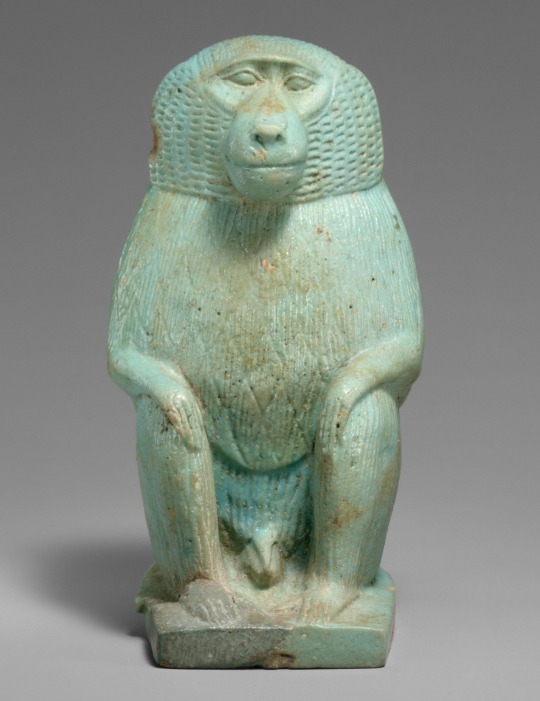
Egyptian
Figure of a Baboon
664-525 B.C.
#egyptian art#ancient egypt#ancient people#ancient history#baboons#animals in art#beautiful animals#ancient art#statue#antiquities#artifacts#ancient artifacts#egyptian history#egyptian culture#aesthetic#beauty#art history#aesthetictumblr#tumblraesthetic#tumblrpic#tumblrpictures#tumblr art#tumblrstyle#artists on tumblr
120 notes
·
View notes
Text

Unknown, Human-headed cat, Third Intermediate Period–Late Periodca. 945–525 B.C.
96 notes
·
View notes
Photo
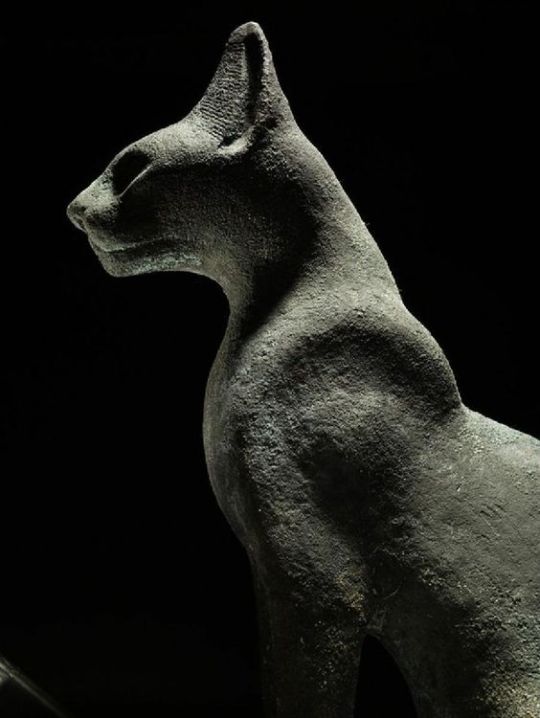
Bastet Cat Egypt Late Period, XXVI Dynasty c. 664 - 525 B.C.
88 notes
·
View notes
Text
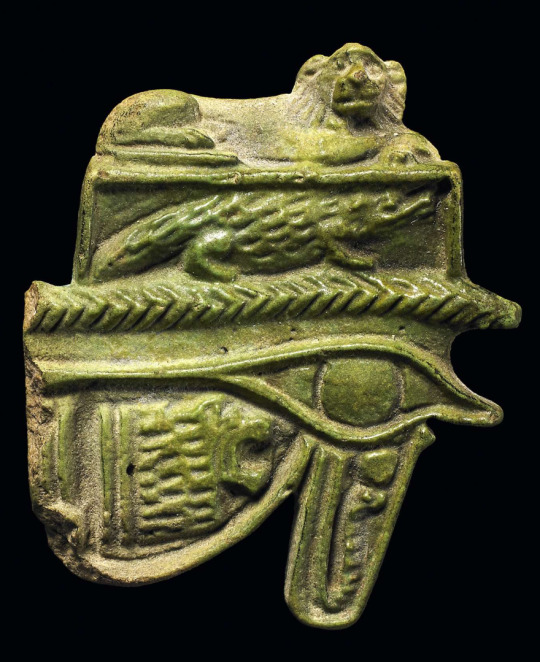
green glazed wedjat-eye with lounging lion and crocodile, c. 950-525 b.C.
british museum. EA26586
52 notes
·
View notes
Text
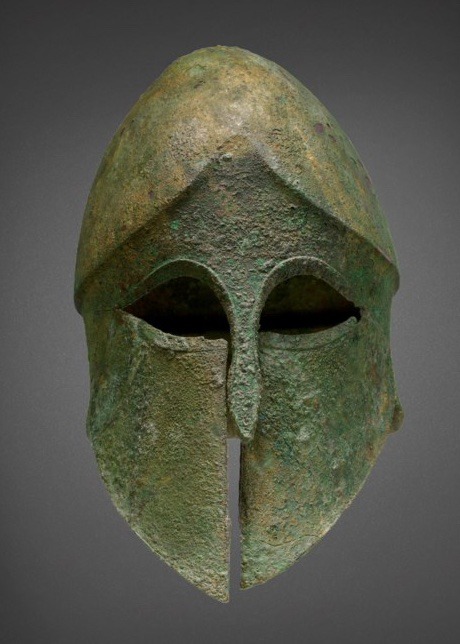





A GREEK BRONZE CORINTHIAN HELMET
LATE ARCHAIC TO EARLY CLASSICAL PERIOD, CIRCA 525-475 B.C.
#A GREEK BRONZE CORINTHIAN HELMET#LATE ARCHAIC TO EARLY CLASSICAL PERIOD#CIRCA 525-475 B.C.#bronze#bronze helmet#military equipment#ancient artifacts#archeology#archeolgst#history#history news#ancient history#ancient culture#ancient civilizations#ancient greece#greek history
211 notes
·
View notes
Text

Statuette of the goddess Neith
Late Period
664–525 B.C.
the met
63 notes
·
View notes
Text

Lapis Lazuli and Gold Horus Falcon.
Egyptian, Late Period, Dynasty 27.
525–404 B.C.
496 notes
·
View notes
Photo

This beautiful statue of Athena, the Greek goddess of wisdom, was taken from the Athenian Acropolis. (circa 525-520 B.C.).
233 notes
·
View notes
Photo

Ancient Egyptian Gold Ring of Priest Sienamun - Date: 664–525 B.C.
511 notes
·
View notes